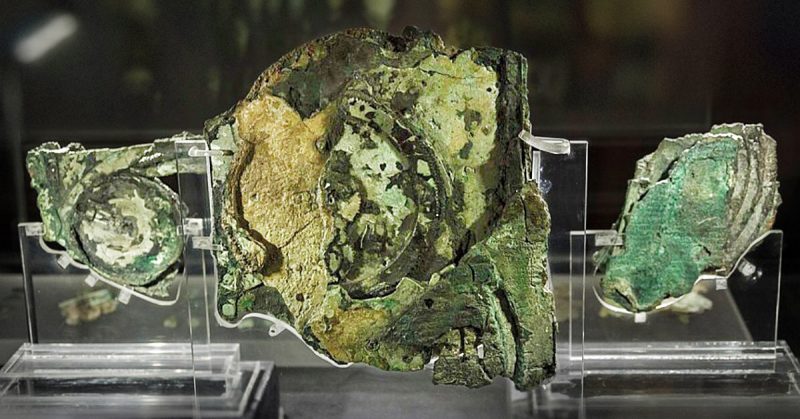What is believed to be the world’s oldest analog computer ― the Antikythera mechanism ― has once again surfaced into the public eye.
A recent discovery indicates that yet another piece of the puzzle leading to the complete understanding of the device is related to an artifact found in 2017 on the bottom of the Aegean Sea, in Greece.
But first ― what is the Antikythera mechanism?
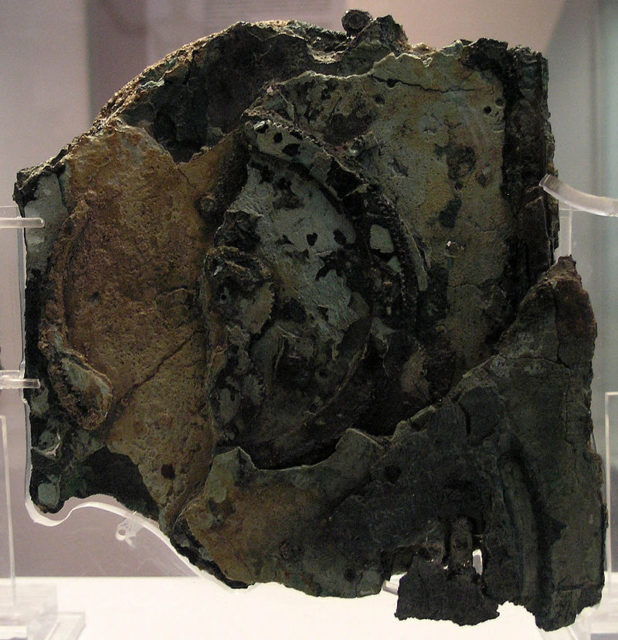
The device was most probably made in the late 2nd century BC, in Greece, for purpose of predicting astronomical positions and eclipses for the calendar.
It was believed to have had the power to predict such astrological events decades in advance.
It also confirms the thesis that the Greeks were aware of the heliocentric system, in which Earth revolves around the Sun, and not the other way around, some 1,700 years before Nicolaus Copernicus stated his theory.
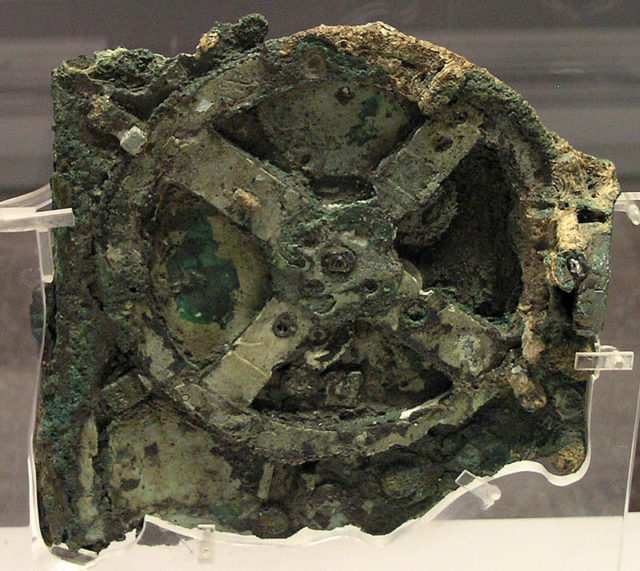
Initially, parts of the Antikythera mechanism were discovered in 1901 by accident, when a group of sponge hunters encountered it during one of their dives around the island from which it earned its name. They immediately took their find to archaeologist Valerios Stais, who separated the pieces and studied the components at the National Archaeological Museum in Athens.
Although hailed as the world’s first analog computer, the device is also the first known orrery ― a mechanical model of the solar system, created for predicting or simply illustrating the positions and movements of planets.
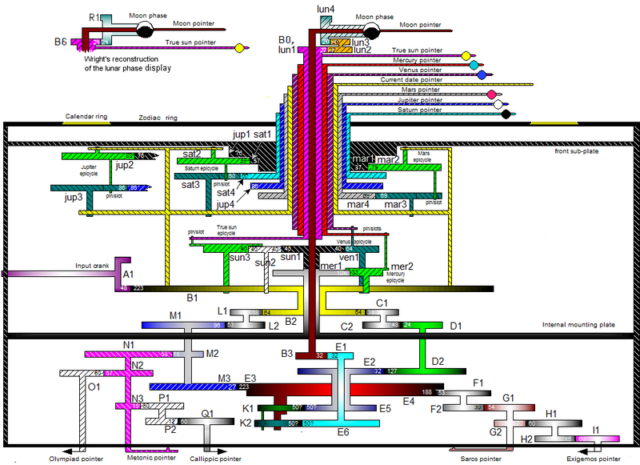
After decades of studying the pieces and attempting to reconstruct the entire mechanism, scientists have concluded that the computer was able to do basic math, and accurately track the movements of the sun, as well as the moon, planets, and constellations.
This included the precise dating of equinoxes and eclipses as well, making it a superior technological achievement of its time.
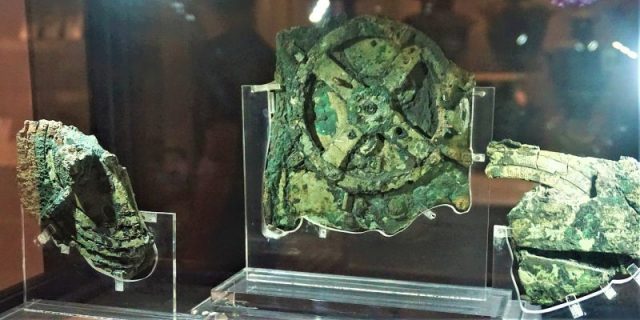
Some archaeologists suggest that the Antikythera mechanism was perhaps aboard a Roman ship which was traveling from the island of Rhodes to Rome, as part of an exhibition to support the triumphal parade of Julius Caesar.
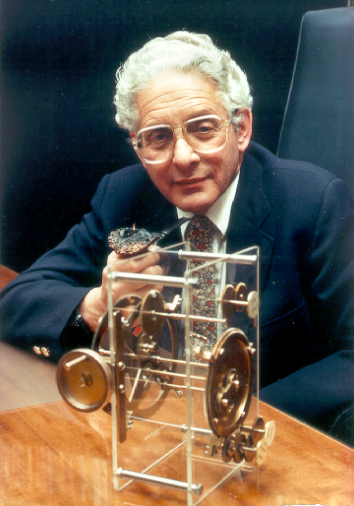
The site where the shipwreck was found at the very beginning of the 20th century is located in the Aegean Sea, near the island of Antikythera, approximately 24 miles off the westernmost tip of Crete.
It provided archaeologists with numerous priceless discoveries such as coins, statues made of bronze and marble, a sarcophagus lid, and some ancient furniture.
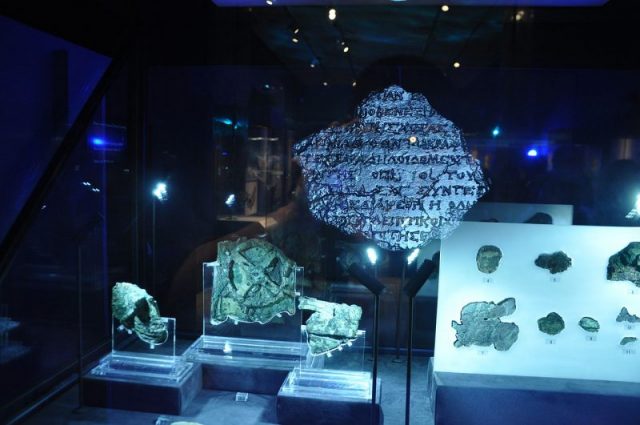
Unfortunately, the location was often visited by looters who thoroughly stripped it of countless other artifacts.
Nowadays, there are suggestions that a disk retrieved in 2017 near the Antikythera shipwreck site might be the missing link which would shed new light on exactly how the mechanism worked.

Although the disk, which is made of bronze and is eight centimeters in size, may be of another purpose and origin, the very speculation that it might belong to the Antikythera mechanism attracted a lot of media attention.
Using x-ray technology it was concluded that the disk contains engravings of Taurus the bull, indicating that it may have had some sort of an astronomical role. This detail goes in favor of the claim that the artifact is a missing piece of the mechanism, however scientists are still searching for further evidence.
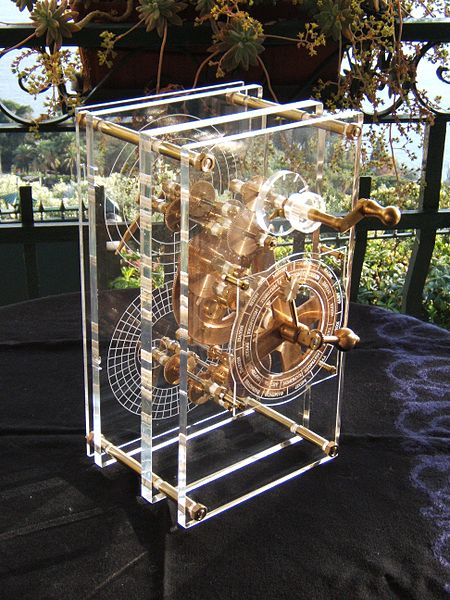
Sarah Bond, an associate professor of Classics at the University of Iowa, gave a statement regarding the artifact and the Antikythera mechanism in general for the Greek website Neocosmos:
“The Antikythera Mechanism is an important object in the historical record of ancient technology but is also a prism for tracking the development of archaeology as a professional field.”
She further explained that the approach they are currently using to reconstruct the device involves some of the cutting edge technology of today.
“It reveals the advanced astrological instruments created and used by ancient engineers, but the protracted nature of the undersea dig reveals archaeological advances in scanning, 3D modeling, and many other sophisticated approaches in reconstructing and analyzing the computer.”
Whatever the case may be, it sure could lead to a breakthrough ― one that altogether challenges the way we perceive ancient civilizations and the knowledge that existed prior to the Middle Ages.
